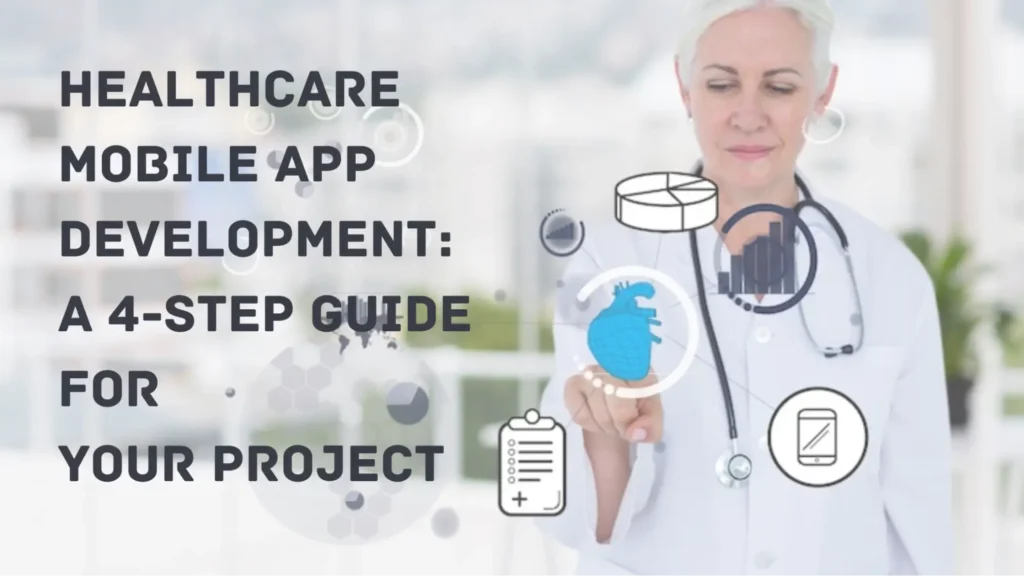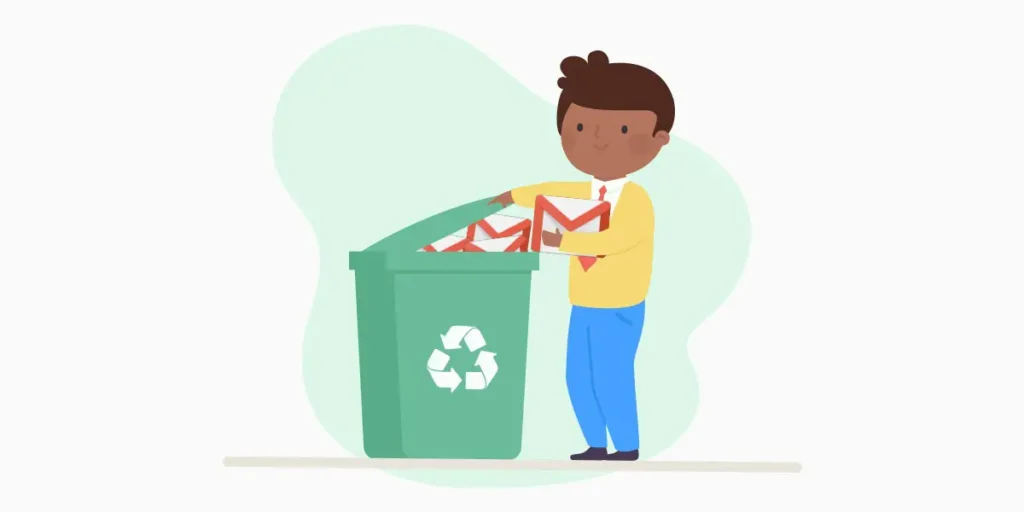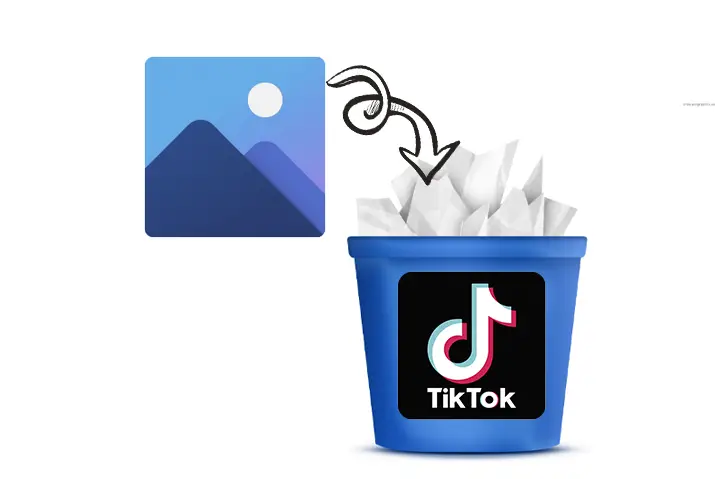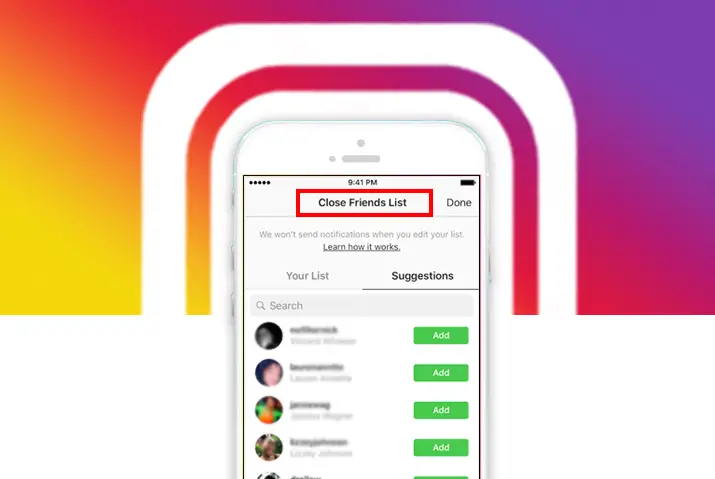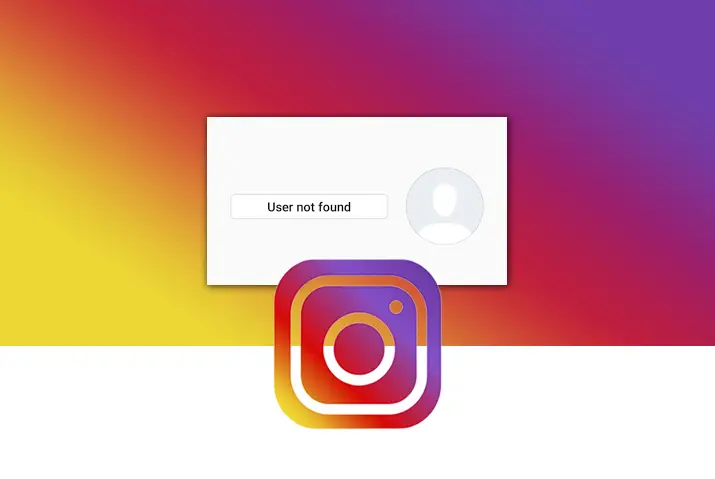Accessing healthcare services is not restricted to physical visits to a doctor. Due to the modernization of healthcare services, remote diagnosis has been gaining traction. In addition, telehealth services and the remote healthcare industry is blooming due to rapid innovation in mobile app development.
The global mHealth market has seen a massive surge in recent years. According to Globenewswire, the mHealth market is set to reach $243.57 billion by 2030. The market will witness a CAGR of 18.2% for the forecast period of 2021-30.
Mobile app development in the healthcare sector has allowed doctors to follow up with patients and access vital data remotely. On the other hand, patients can track symptoms, record data, access doctors remotely, and have real-time communications.
Especially electronic health records EHR is crucial for the correct diagnosis. Mobile apps help record, store, and manage patients’ data. This is why there has been a surge in healthcare mobile app development.
Therefore, a comprehensive guide on healthcare mobile app developers focuses on features, cost, and compliance. Let us first understand healthcare apps.
What Is A Mobile Healthcare App?

Healthcare mobile application is a merger of remote access services and professional excellence. In other words, healthcare organizations, professionals, and service providers leverage mobile apps to attend to patients. Nevertheless, not just attending to patients, mobile healthcare applications help in diagnosing, monitoring, tracking, and identifying symptoms.
There are many types of applications,
- Emergency services apps are the ones that provide helpful information and route patients to the nearest emergency healthcare centers.
- Health monitoring apps help users maintain a healthy lifestyle by tracking workouts, diet, pregnancy, baby development, nutrition, etc.
- Hospital apps that help patient admission and scheduling consultations with the doctor
- EHR or Electronic Health Record apps enable patients to record and access key lab results, X-ray scans, and other essential data.
- Medication tracking applications help patients track refills and manage medicine intake per prescription.
- Telehealth services help patients connect with healthcare professionals remotely and wirelessly.
Benefits of healthcare apps
- Improves data management of patients
- Helps in gathering vital data for patients
- Remote access to healthcare services
- Medication tracking and refilling
- Easy access to patient data for doctors
- All the lab results are accessible to healthcare professionals
Now that you know what healthcare apps, their types, and their benefits are, let us understand the steps to develop a healthcare app.
Steps To Develop A Healthcare Mobile App Development

A mobile app for the healthcare business needs consideration of different factors like the complexity of features, costs, market scenario, and business case.
Testing And Deployment
Testing is a critical phase in mobile app development. There are different types of tests like smoke tests, user acceptance tests, integration tests, regression tests, and others that you need to execute. In addition, once your mobile app is tested and ready for deployment, you need to ensure the application’s security.
Your application can be subjected to myriad cyber threats, from phishing, malware, ransomware, and man-in-the-middle attacks. It can expose your app’s code and put users’ data at risk. Code signing is a significant security measure to secure your applications.
A digital signature allows users to verify app publishers and ensure the app’s code integrity is intact. Code signing certificates use encryptions and hashing to ensure that your code is secure.
Healthcare app developers can request Code Signing certificates from trustworthy certificate authorities and their popular products among developers like Sectigo Code Signing certificate, Comodo code signing cert, or DigiCert code sign certificate. For example, if you want to request for code signing certificate, you need to generate a “Code Signing Request (CSR).”
Based on the CSR, a certification authority will verify your credentials and details to provide a code-signing certificate. Then, you can use the certificate to code-sign your mHealth apps. Once the app code is signed, users can download and install it safely on their devices.
Building A Business Case
The first step to creating a business case, which understands the healthcare industry’s market scenario.
Market scenario for mobile healthcare apps
- People around the world will be spending more than $10 trillion by the end of 2022(Policy Advice)
- 66% of the top 100 hospitals in the US provide a mHealth application for their patients(Accenture)
- Nearly 3 in 10 people in the US use at least one healthcare mobile application(University of Michigan)
- More than 58.23% of mobile app users have downloaded healthcare applications(National Library of Medicine)
- There are more than 350,000 healthcare mobile apps available for users to download on different play stores(InsiderIntelligence)
Once you have the market scenario, it is time to build a business case for your application. A business case involves different aspects like the revenue model, market scenarios, activities, partners, type of customers, and more.
Key partners
- Technology partners
- Healthcare businesses/professionals/caregivers
- Testing labs
- Medical equipment manufacturers
Key activities
- Identifying the problems
- Developing a tech stack
- Partner with healthcare professionals
- Engage with medical equipment manufacturers
Customer segments
- Patients that can’t afford physical appointments
- Users that want remote healthcare services
- Patients looking to monitor their vitals
- Doctors looking to access patients’ data
Value proposition
- Provides a platform for healthcare service providers and users
- Allows patients to track their vitals and symptoms
- Tracking infections through contact tracing
- Medical equipment marketplace
Channels of engagement
- Communication with customers through interactive sessions, social media, and other channels
- Transactional engagement through medical equipment marketplace and other services
- Community-based communication
Revenue models
- Freemium model that provides specific services for free and charges for premium features
- Advertising model that enables healthcare businesses to place relevant ads for monetization
- Subscription models that allow doctors and patients to connect through a subscribed platform
- Paid access to healthcare data for businesses in compliance with Health Insurance Portability and Accountability Act (HIPAA)
Once your business case is ready, you need to plan for the mobile app development. Next, and one of the crucial steps, is to estimate the development cost.
Estimate Healthcare App Development Cost
Cost estimation is critical for businesses to understand ROI. Analyzing the cost helps you optimize expenses and improve results. One of the essential factors that affect the cost is features. What kind of features you want to develop can increase or decrease the development costs.
Feature Identification And Impact On The Cost
Healthcare applications have many features depending on the app you are developing. Let us first discuss some of the key features.
Patient app features
- The appointment-booking feature allows patients to schedule a session with the doctor with a click.
- The telemedicine feature allows users to answer some questions and, according to their symptoms book, a slot for online consultations with expert doctors.
- E-prescriptions enable doctors to provide prescriptions online for patients without the hassle of managing a physical prescription.
- EHR is a feature that enables both patients and doctors to record, analyze, and manage vital data on health-related issues.
- Online emergency services include single-tap access to the ambulance and app-based guidance to the nearest emergency room.
Doctor’s app features
- Doctor’s profile management is a feature where doctors and healthcare professionals can add information regarding their expertise, qualifications, and professional degrees.
- The schedule manager feature in the app will help doctors manage their appointments.
- A patient dashboard is an interface-based feature that provides insights into patients’ clinical data.
- The clinical recommendation feature integrates artificial intelligence to offer doctors clinical suggestions and diagnosis recommendations.
Now that you know what type of features you want to develop, here is a breakdown of the cost of developing these features.
Cost breakdown
Development costs can vary based on the complexity and scale of the features. For example, if you are developing a healthcare application by engaging developers on an hourly basis, first, you need an estimation of development time.
| Feature | Time required for development in hours |
| Profile management feature | 10-15 |
| Appointment booking/schedule | 15-25 |
| Doctor on call | 15-25 |
| Payment gateway integration | 20-30 |
| Push notifications | 10-15 |
Development time is just one aspect of cost estimation. In addition, the developer’s salary differs from location to location and platform to platform. For example, an Android developer in the US can charge an average of $46.63 per hour. Similarly, an iOS developer charges an average of $46.68 per hour.
| Feature | Time required for development in hours |
| Profile management feature | 10-15 |
| Appointment booking/schedule | 15-25 |
| Doctor on call | 15-25 |
| Payment gateway integration | 20-30 |
| Push notifications | 10-15 |
As you can see, the difference between Android and iOS app development looks minor.
However, it differs from location to location and types of features. Therefore, the estimation of cost cannot be definitive.
MVP Development
Once you have the estimation ready and the types of features identified, the next step is to create a wireframe design. Finally, different processes are defined based on the wireframe design, and a development plan is created.
The first part of the development is to create a minimum viable product or MVP. It is a shippable product or a linear app with minimal features that allow businesses to gather feedback.
Further, such feedback is integrated into further iterations to improve the healthcare app.
Conclusion
By the end of our discussion, you may have understood critical aspects of healthcare mobile app development, like business cases, revenue models, cost estimation, and features. However, the development plan for healthcare apps will differ for you based on the use cases and features you develop. Therefore, the best practice will be to plan your app development after analyzing your business requirements.

